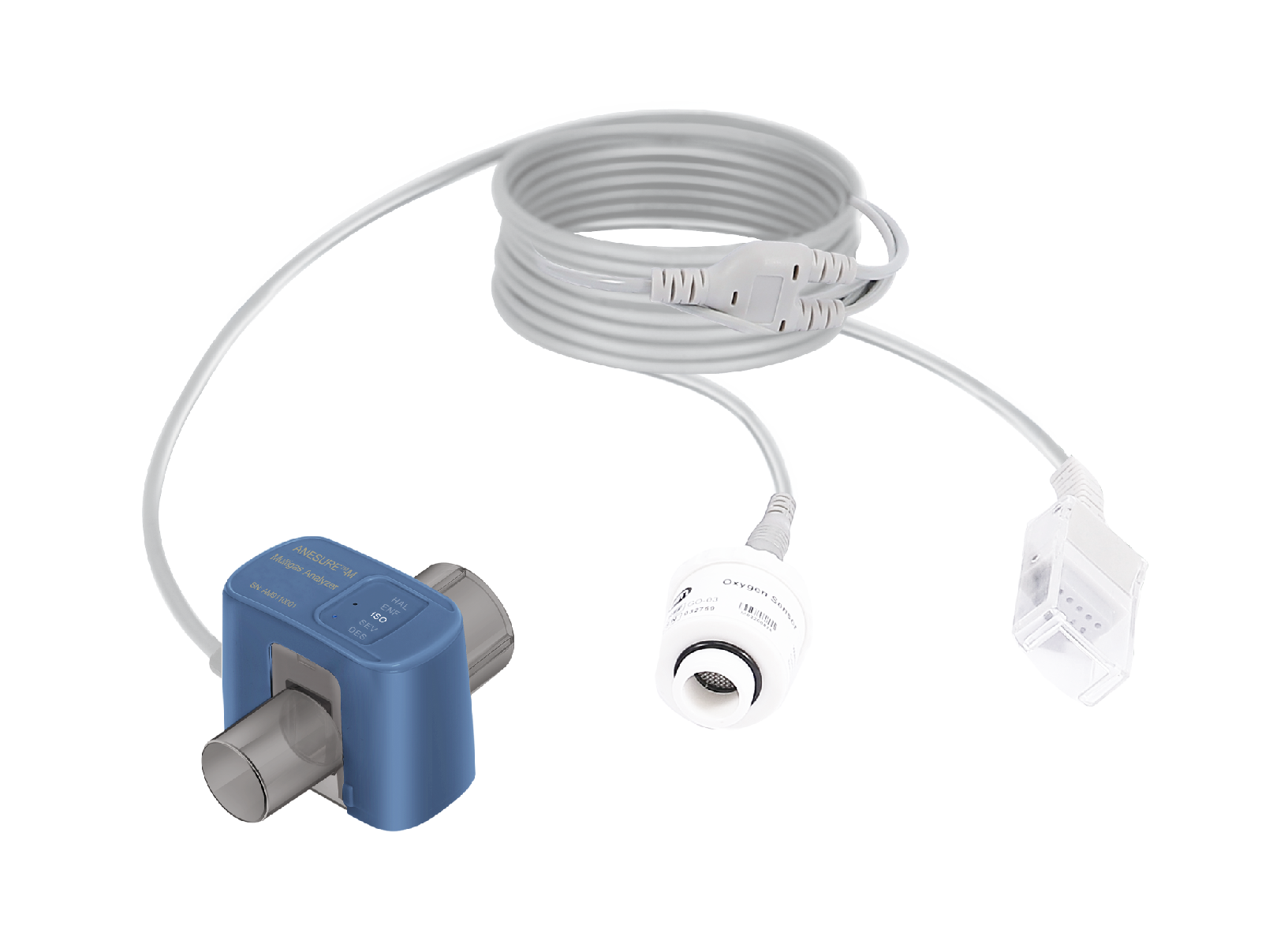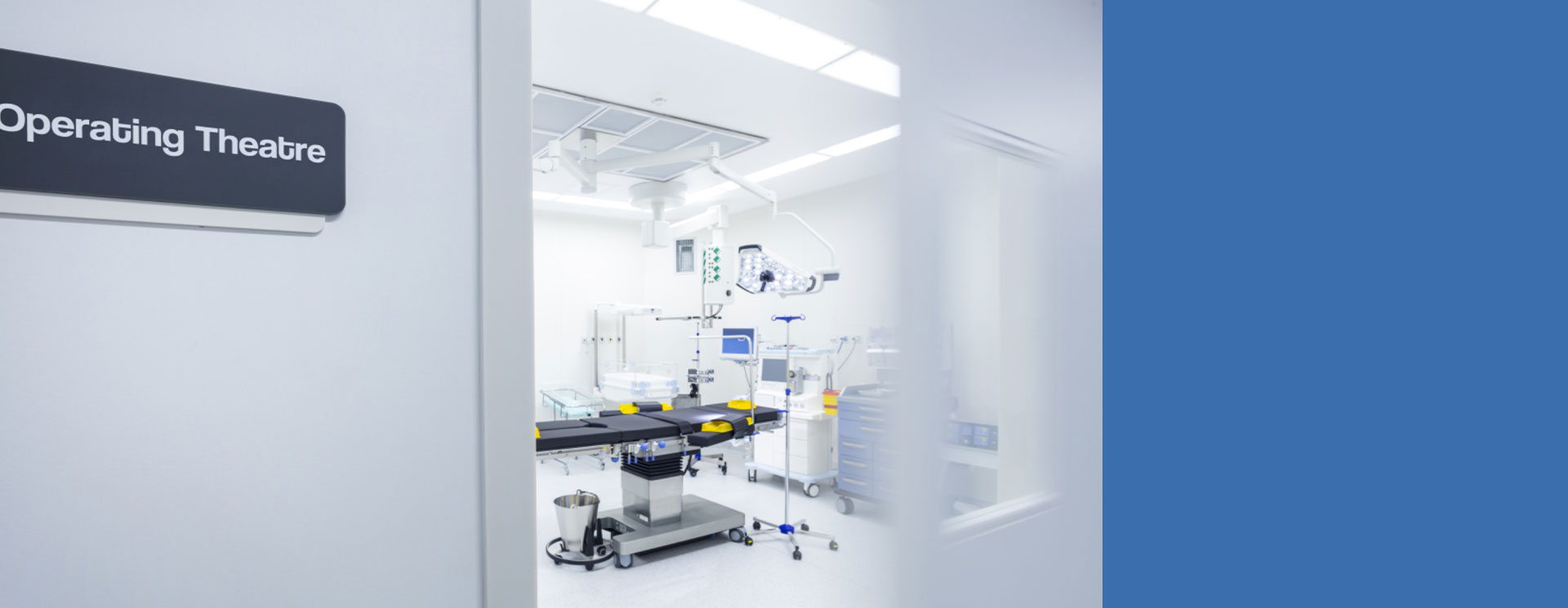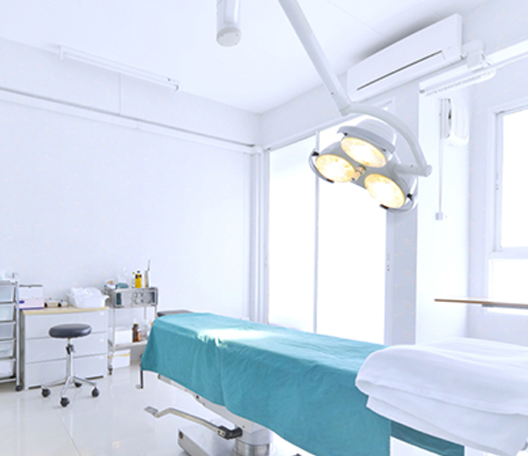



1. The anesthetic gas module is designed to be compatible with multiple protocols, enabling easy upgrading and assembling of products.
2. With a plug and play feature, the anesthetic gas module does not require an internal circuit for the host and can measure data within 4 seconds of powering on. It is suitable for patients of all ages - adults, children, and even newborns.
3. The anesthetic gas module is ideal for use in areas with high humidity as it is designed for long-term use, reducing operational costs.
4. The anesthesia gas modulecomes with an automatic pressure compensation feature that includes a built-in atmospheric pressure sensor. This makes it suitable for use across various altitude ranges.
5. The anesthesia gas module boasts high-precision features. It incorporates carefully selected infrared devices, hardware design, and software algorithm, which achieves high signal-to-noise ratio, ensuring measurement accuracy in the temperature range of -5°C to 50°C and in the range of 0-20%.
The Monitor is based on the principle that different gases absorb the infrared of a particular wavelength. For examples, CO2 sensitive wavelength is 4.26 um, N2O sensitive wavelength is 4.5 um, and the sensitive infrared wavelengths of the five anesthetic gases distribute between 7.5-10.5 um. We can choose one wavelength as reference which is not sensitive to these gases. When the concentration of the monitored gas changes, its absorbed dose of the sensitive infrared varies accordingly, but the reference infrared does not change. The monitor employs a four-channel sensor, with every channel having an optical filter that only allows a narrow band wavelength to pass through, and the central wavelength passing through each optical filter is different. Take CO2 for example, when one beam of infrared passing through sampling gas with CO2 molecule reaches infrared sensor, the CO2 channel measures the residual infrared signal, while the reference channel measures initial infrared, then we use standard gas with known CO2 concentration to calibrate the specific ratio between the two channel signal, then store the calibrated parameter into the internal storage and User Manual of Mainstream Multigas Monitor 23 of 50 then we can measure CO2concentration in the rated range. Likewise, the principles for measuring the N2O and selected anesthetic gas concentrations are same.
1. Anesthetic gas module comes with mainstream and sidestream modes.
2. Anesthetic gas module is compatible with multiple protocols, enabling it to be used with a variety of healthcare devices and systems.
3. Anesthetic gas module has Plug and Play features, requiring no complicated installations or internal circuits to use.
4. Anesthetic gas module offers flexible upgrade options, allowing for the addition of new features or capabilities.
5. Anesthesia gas module provides a one-stop solution for clinical needs.
6. Anesthesia gas module is known for their excellent performance and reasonable price.
| Temperature | -5~50℃ |
| Relative humidity | 10-90%(Non-condensing) |
| Atmospheric pressure | 55-115kpa |
| Power consumption | 150ma |
| Port and protocol | RS-232/ Standard E-8-1,38.4 kBaud,10 ms data interval (KM) or Customized according to customers' requirements |
| Co2 Measuring Range | 0~150mmHg |
| Accuracy | 0~40mmHg, inaccuracy≤± 2mmHg; 41~70mmHg, inaccuracy≤±5% of Reading; 70~100mmHg, inaccuracy≤± 8% of Reading; 101~150mmHg, inaccuracy≤±10% of Reading; |
| N₂O | Measuring range 0~100% Inaccuracy±(2vol%+ 2% of Reading) HAL, ENF, ISO |
| HAL, ENF, ISO | Measuring range 0-12% Inaccuracy For 0~8%, ±(0,2 vol% + 5% of Reading) For 8~12% Unspecified |
| SEV | Measuring range 0~15% Inaccuracy For 0~10%,±(0,2 vol%+5% of reading) For 10~15% unspecified |
| DES | Measuring range 0~25%; Inaccuracy For 0~18%,±(0,2 vol%+5% of reading) For 18~25% unspecified |
| Respiration Rate Range | 2~150 t/min |
| Inaccuracy | the bigger value of ±1% or 1t/min |
The function of an anesthetic gas module is to provide continuous and accurate measurement of essential anesthetic gases during patient care, including oxygen (O2), carbon dioxide (CO2), nitrous oxide (N2O), and various volatile anesthetic agents.
One of the main functions of an anesthetic gas module is to alert healthcare providers to any abnormal changes or deviations from normal anesthetic gas concentration levels. The device triggers warning alarms and alerts when the measured values are outside of pre-defined limits. These limits can be customized by the healthcare provider, or the device comes with manufacturer pre-set alarm limits.
Overall, the function of an Anesthetic Gas Module is to enhance patient safety during anesthesia administration by providing continuous and accurate monitoring of anesthetic gas concentration levels. The device helps to identify and respond to critical changes in patient condition quickly.

The components of an Anesthesia Gas Module/ Detector include sensors, signal processing unit, display, alarms and alerts, power supply, connectivity options, and calibration/maintenance module.

To clean and maintain Anesthesia Gas Module/ Detector , wipe it with a damp cloth and mild disinfectant solution. Avoid using abrasive or harsh chemicals. To ensure the accuracy of measurements, calibrate the device regularly, and perform software/firmware updates when required. And do not autoclave and do not immerse the sensor in liquid.
